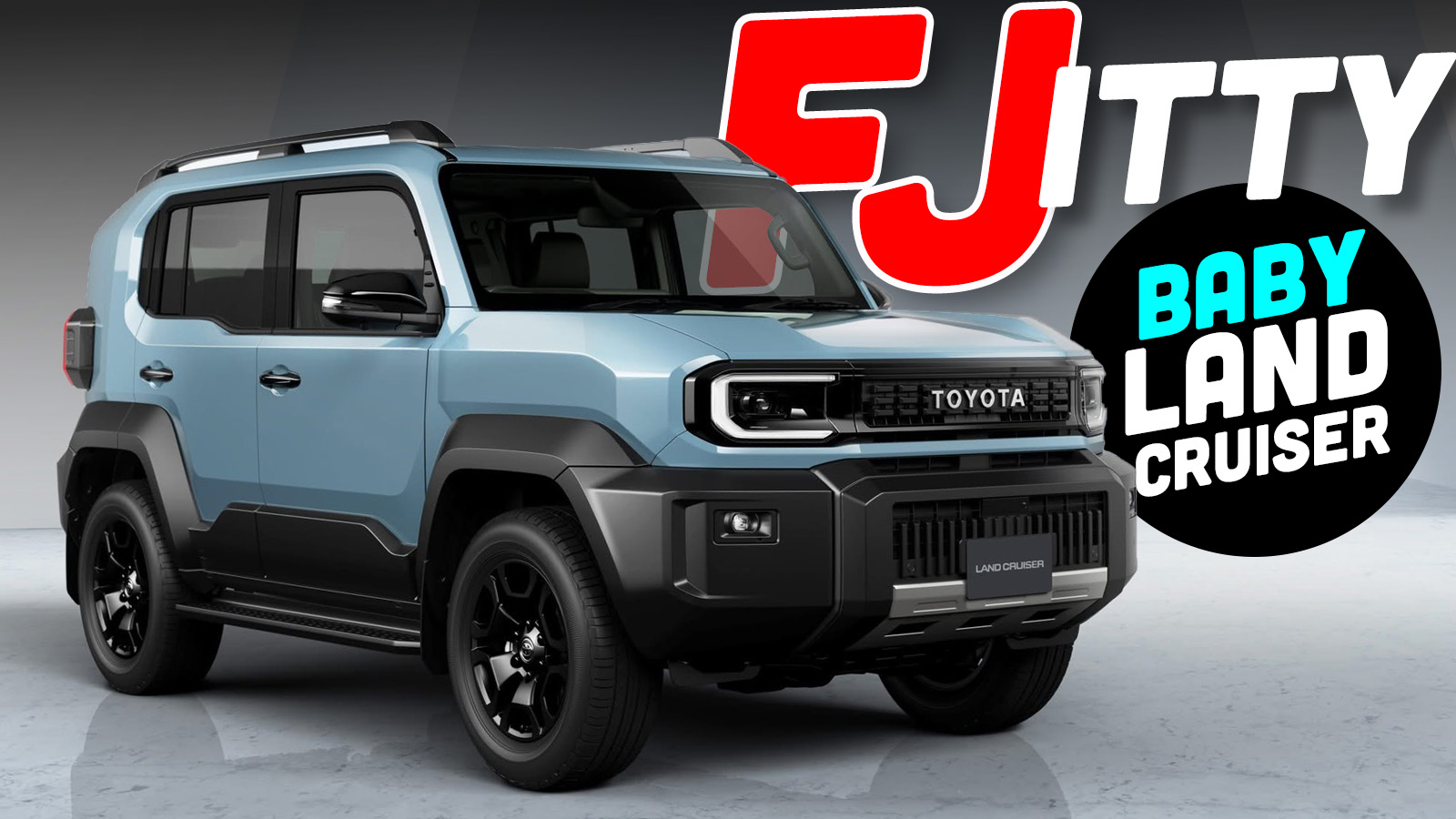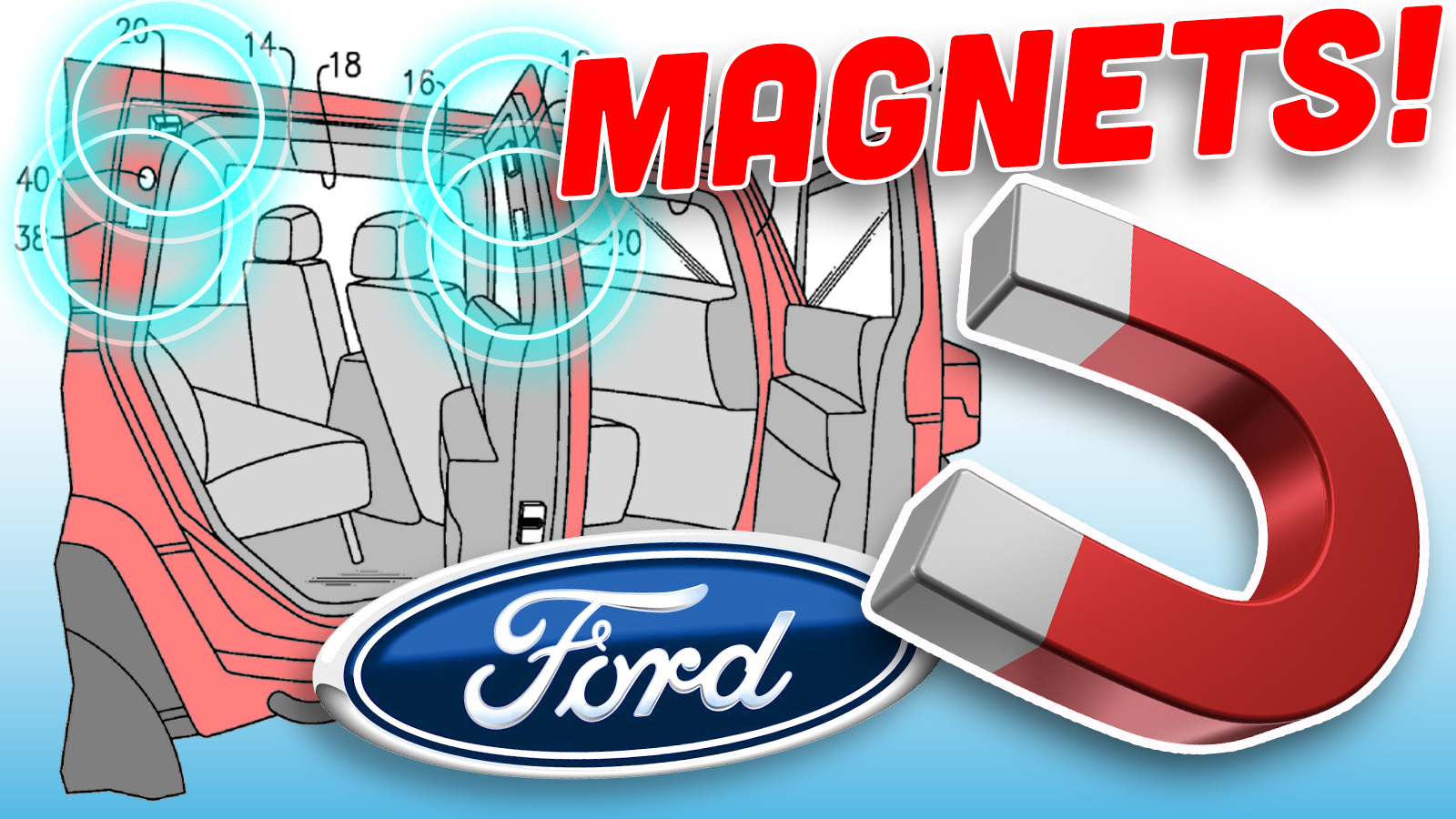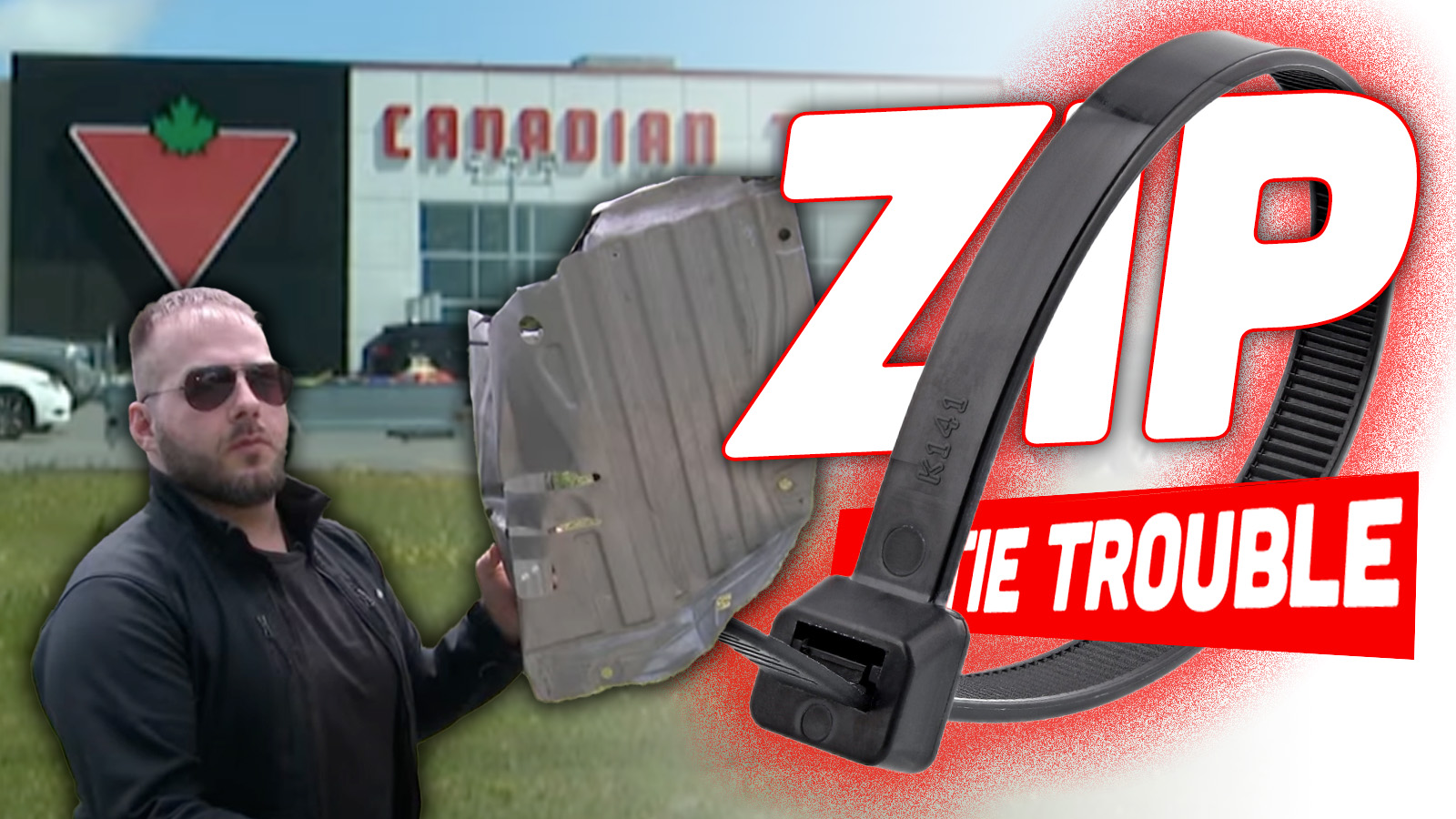When I was driving the Known Universe’s Very Firstest Hybrid RV, I was very curious about the internal combustion engine being used as the range extender. While being walked through the tech by Harbinger CEO John Harris, I asked about where that little inline-four engine was sourced from. John didn’t tell me.
I pressed him a bit, but he wasn’t budging. It was the kind of engine almost every carmaker makes right now: an inline-four, seems naturally aspirated, and I bet somewhere around two liters or so. There’s a plastic intake manifold, like many carmakers use, and everything else about it looks pretty… normal.
So who made the damn thing?

Now, I’m not entirely sure why John didn’t want to give me the source of the engine, but I’m sure he has a number of very valid and rational reasons. But it also makes me really want to know who made this engine now!

I told John I was going to ask our readers, the one group in the world that I feel is most capable of looking at a generic-seeming inline-four and somebody recognizing some shape of the cylinder head or the way the exhaust manifold bolts to the block and having that spark of recognition to figure out what this thing is, and he just shrugged, either confident that none of us would figure it out, or, perhaps more likely, because he’s a man with his own important shit going on and just doesn’t care.
But I care! And I bet we can figure it out! Maybe it’s from an OEM we all know, maybe it’s some little-known (here) Chinese brand? Maybe it’s from a carmaker we all know well, but from deep in their catalog of industrial engines? I’m not sure.
So, I’m asking everyone, let’s see if we can figure this out! What is this engine? I wish I had more pictures, but the thing is set pretty well in between those frame rails, so these overhead shots are all I could really get. Hopefully, that’s enough?
I guess we’ll find out. This is a challenge, but every time I’ve thought I brought something genuinely challenging here, you’ve all made short work of it. I suspect this will be similar.
Anyway, have at it, and shove your guesses in the comments! Let’s show these people they can have no automotive secrets from the might of Autopian Geekery!









It looks like the Suzuki knock-off guesses are correct, but I was going to say that it is unlike to be from a car OEM, but more likely from an engine brand that is used in stationary or marine applications – these systems have engine controls that are ready to use in an application like this and will therefore be way easier to implement in this vehicle. I was guessing something like Mitsubishi because it looks similar to a Mitsu I saw many years ago at a Marine motor-generator OEM.
Noting to add, except to say I love this place.
Well the cap has Asian writing on it but I couldn’t increase the size enough to make out what country. I’m betting Chinese and hope he bought a lot before tariff starts.
If it is a Suzuki engine it’s an *interesting* choice for this application:
“Furthermore, a mild hybrid technology with 12 or 48-volt Integrated Starter Generator (ISG) dubbed as Smart Hybrid Vehicle by Suzuki (SHVS) is available for markets with stricter emission regulation, such as Europe, Japan, Singapore and India. This mild hybrid technology helps to increase fuel mileage, providing optional acceleration and also reduces emissions.A strong hybrid variant with Motor Generator Unit (MGU) is available in Europe and Japan.”
Maybe not though given the incredibly low power output of the hybrid versions:
“K12C: The Dualjet version of K12B engine and can also combined with 12-volt SHVS mild hybrid technology[12] or a strong hybrid system with Motor Generator Unit (MGU).
Technical specifications:
Displacement: 1,242 cc (1.24 L)
Bore and stroke: 73 mm x 74.2 mm
Valvetrain: DOHC, 16-valve, Dual VVT
Compression ratio: 12.5
Maximum power:
90–91 PS (66–67 kW; 89–90 hp) at 6000 rpm
3 PS (2 kW; 3 hp) at 1000 rpm (mild hybrid electric motor)
14 PS (10 kW; 14 hp) at 3185–8000 rpm (strong hybrid electric motor)
Maximum torque:
120 N⋅m (12 kg⋅m; 89 lb⋅ft) at 4400 rpm
50 N⋅m (5 kg⋅m; 37 lb⋅ft) at 100 rpm (mild hybrid electric motor)
30 N⋅m (3 kg⋅m; 22 lb⋅ft) at 1000–3185 rpm (strong hybrid electric motor)”
https://en.m.wikipedia.org/wiki/Suzuki_K_engine
Impressive work, fellars. And Jason, now you know why he didn’t tell you, no one brags for using a chinese oem engine, he was just trying to keep some mystery about it – i.e. avoid the pedestrian truth.
And get free press
Looks like it worked.
Labeled as a cx20. Offered in 1.2,1.4,1.5 formats. Sold by Chinese companies under JL473Q1
We used to play this game in the 80s. Except with cars like the DeLorean and most diesel Volvos.
Isn’t the answer to that one almost always ‘Volkswagen’?
Like others said my money’s on this being a Chinese K14B, but I don’t think this is a knockoff per-se. After Suzuki left China, Changhe (one of their former local partners, the other being Changan) kept on producing their engines (likely with the same tooling, sold off cheap by Suzuki), and the Wagon R/ Big Dipper/ Beidouxing is still in production (!) 31 years after its initial launch. Of course its badged as a Changhe; they may have access to the tooling and moulds, but they certainly don’t have access to the Suzuki badge lol
As far as engine choices go this isn’t a terrible one IMO. The K14 line has been produced locally for over two decades, and any kinks would have been worked out by now. Parts and even whole blocks are widely available (in China at least), and if you want a cheap and reliable Chinese-sourced engine, this is probably your best bet.
My concerns would be with power and efficiency though; these engines only make around 100hp peak, much less if you want to keep RPMs in the efficiency band for power generation. And at the typical RV price point, not adding a turbo for efficiency would just be stingy. (Unless of course, cooling or packaging concerns get in the way)
If from the age when this happened I would bet junk engine like every thing back then.
The mixture of screw clamps and constant tension clamps on a purportedly new engine is messing with my head. The electrical tape harness covering looks like I did it on my garage floor. So do the zip ties holding everything together.
Tl;dr typical RV. Cheapest stuff thrown together as fast as humanly possible and sold at a giant markup.
Definitely ignore the minimum wiring harness bend-radius coming out of the ecu connectors…and to the left, the harness is not secured to the provided bracket…
Chinese knockoff of a Suzuki engine.
Diving into Alibaba there ARE versions of the K12M and K14B with the oil filler in the same location as in the picture, it looks like the Changan Big Dipper is one of the models that uses it. Finding the exact manufacturer is probably impossible – there are often different castings within the same listing, even – but it’s very likely an Alibaba special made by someone like MTI or Fastwin.
I was trying to be a perfectionist and find the EXACT listing but Alibaba kept pushing me to their app and no, I’m not going to do that.
Being an RV, and Thor’s spec of; “cheapest is best”
It has to be a Chinese knock off engine of a respected power pack.
Yeah, have fun.
https://www.alibaba.com/trade/search?spm=a2700.product_home_newuser.home_new_user_first_screen_fy23_pc_search_bar.keydown__Enter&tab=all&SearchText=Suzuki+K14+engine